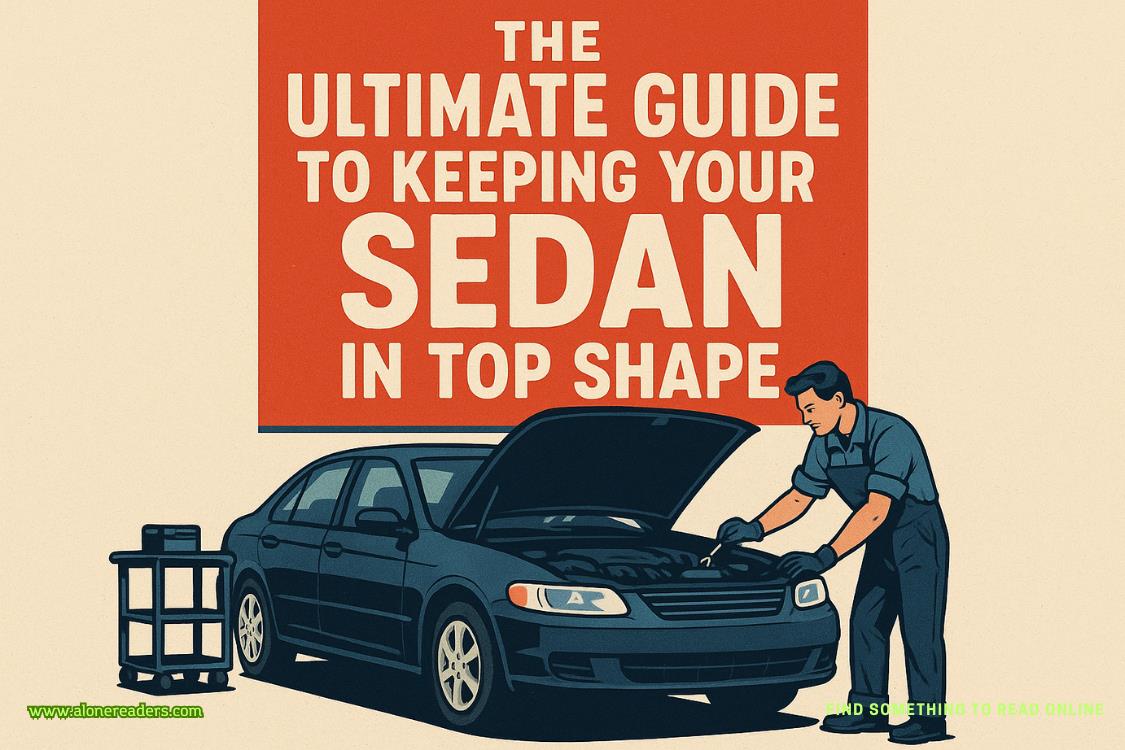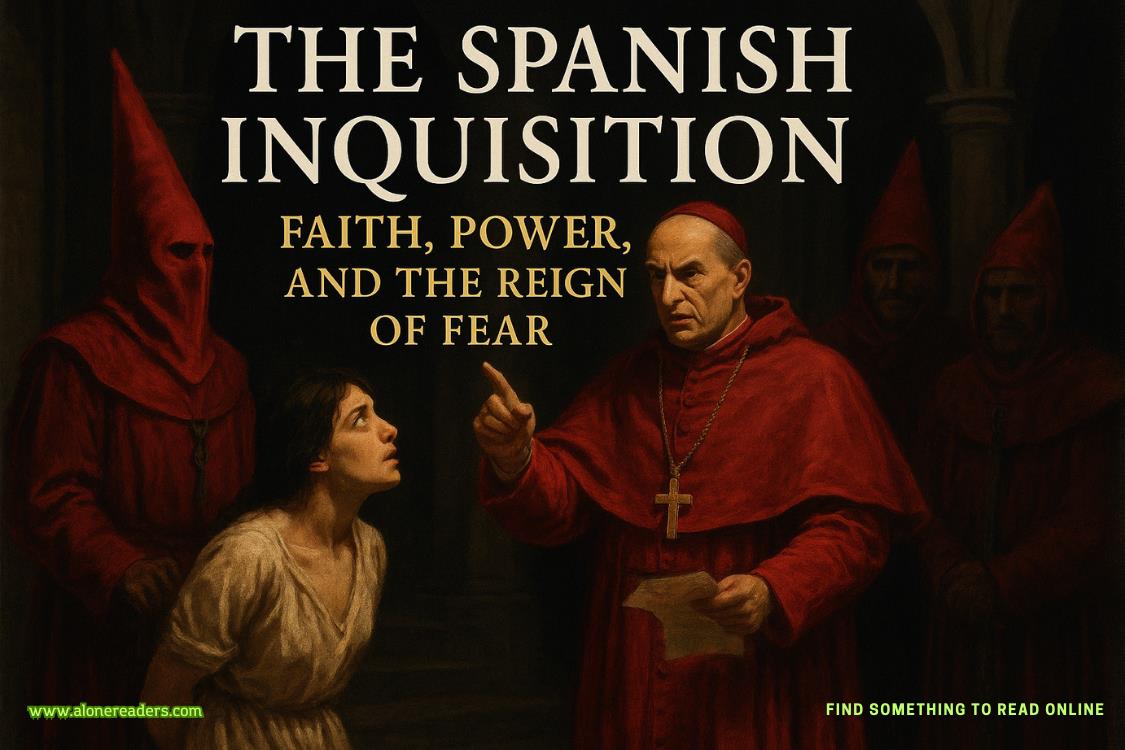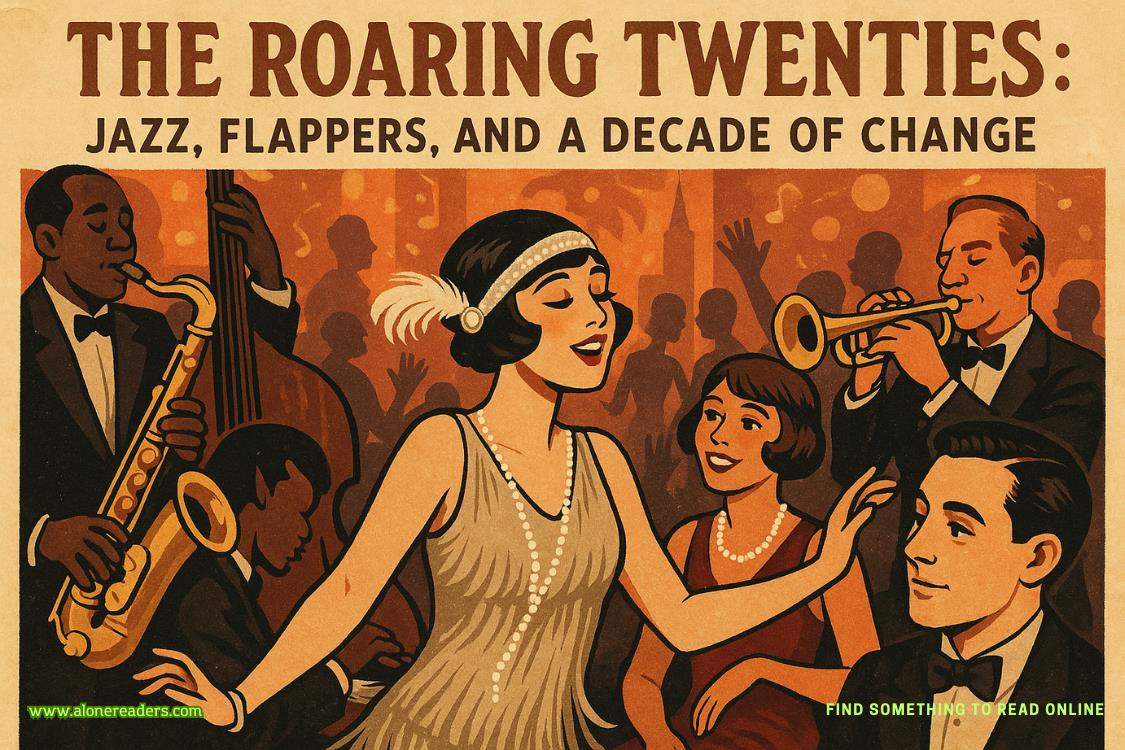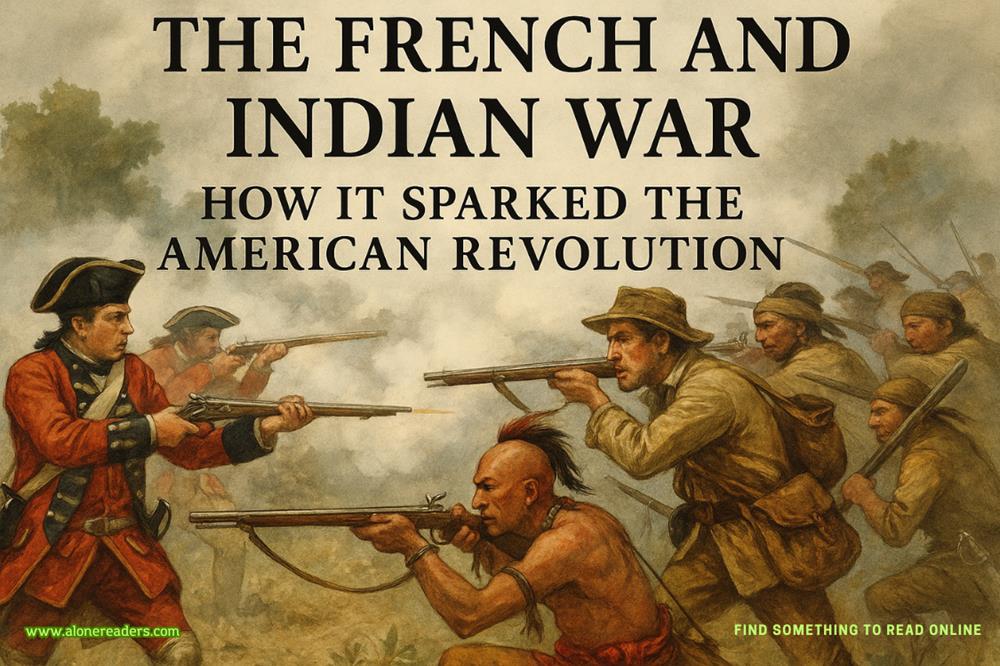Page 93 of Jackie
—
Outside the window behind his desk is the Rose Garden. Caroline and John are tramping through the snow near an unfinished snowman; a hat, a pipe, and a carrot, some black pieces of something scattered on the frozen surface. Caroline has gotten distracted. She’s standing over an angel she made, studying the outline among the mess of shapes.
Spring 1963
On the night of the dinner dance for Eugene Black, president of the World Bank, the grounds are covered in snow that fell throughout the day. As music drifts through the rooms, I notice Mary Meyer, on the arm of Jack’s friend Blair Clark. She wears a layered dress, chiffon, a swish of pastel, too light, like she skipped a season. Tony tells me the dress once belonged to their great-grandmother.
I see Mary and Jack disappear. In less than five minutes, Jack’s back. I can tell by how he moves and talks that he drew a line through it. Later, I’ll learn that Mary stumbled around in the snow outside for over an hour before she came back inside, that thin dress soaked, her hair tangled, face streaked with the wet and the cold. It’s when I see the expression on Mary’s face that I know for certain Jack did what I asked him to do.
—
In early April, I drive out to survey the work on the house we’re building in Middleburg. The house we’ll call Wexford. It’s the fields I love—the view looking out toward the Blue Ridge Mountains, the rolling expanse under a gorgeous sky.
We bought the land in November, and I’d started on the designs. I tore out pages from magazines and sketched out a floor plan: one level, so Jack won’t have to climb stairs; a simple kitchen; French doors; a terrace.
“It’s going to be perfect,” I tell Jack when I show him the architect’s plans.
“Not as palatial as I was expecting.”
“It has all these little spaces,” I say, “separate rooms, so we can get away from one another and do what we need to do. You can have your meetings. I can paint, write letters, read. The children have their play space and a place to nap. And please don’t worry, Jack. The dining room will have the Louis XVI chairs. I don’t want you to think I’ve lost my taste for the extravagant, just because I’ve spent time in the White House bomb shelter.”
—
The day after Easter, Pierre Salinger reads the statement to the press Pam and I crafted:
…expecting a baby…the latter part of August…Mrs. Kennedy has maintained her full schedule of the past few months…. Her physicians have now advised her to cancel all of her official activities.
So there it is.
—
That spring, Jack and I spend weekends with the children at Camp David. From there, we take the convertible out to visit battlefields of the Civil War—Gettysburg, Antietam—the Secret Service car trailing a distance behind. We talk about tensions in the South, demonstrations, pickets and arrests, King’s letter from Birmingham jail, and the Children’s Crusade in early May.
The footage from that was horrific. Children’s skin torn by the pressure of fire hoses, dogs turned on them; they screamed, eyes wide with terror. Jack watched the clips privately, not talking to anyone, just making himself watch them over and over, his fist near his chin, staring at the screen.
“Nudge him,” Bobby told me. And on one of those drives to a Civil War cemetery, I do.
“The issues in the South won’t be solved tomorrow,” Jack says.
“That doesn’t mean we can’t start taking steps.”
“It has to be strategic.”
“Right and strategic aren’t exclusive.”
I meet his eyes, then look back to the moving shoulder of the road.
—
He arranges a meeting between Bobby and James Baldwin, along with other Black writers and artists.
“How did it go?” I ask Bobby afterward.
“It didn’t end well at all,” he says. “I couldn’t connect.”
“You couldn’t?”
“Come on, Jackie. You know I’m on your side on this.”















